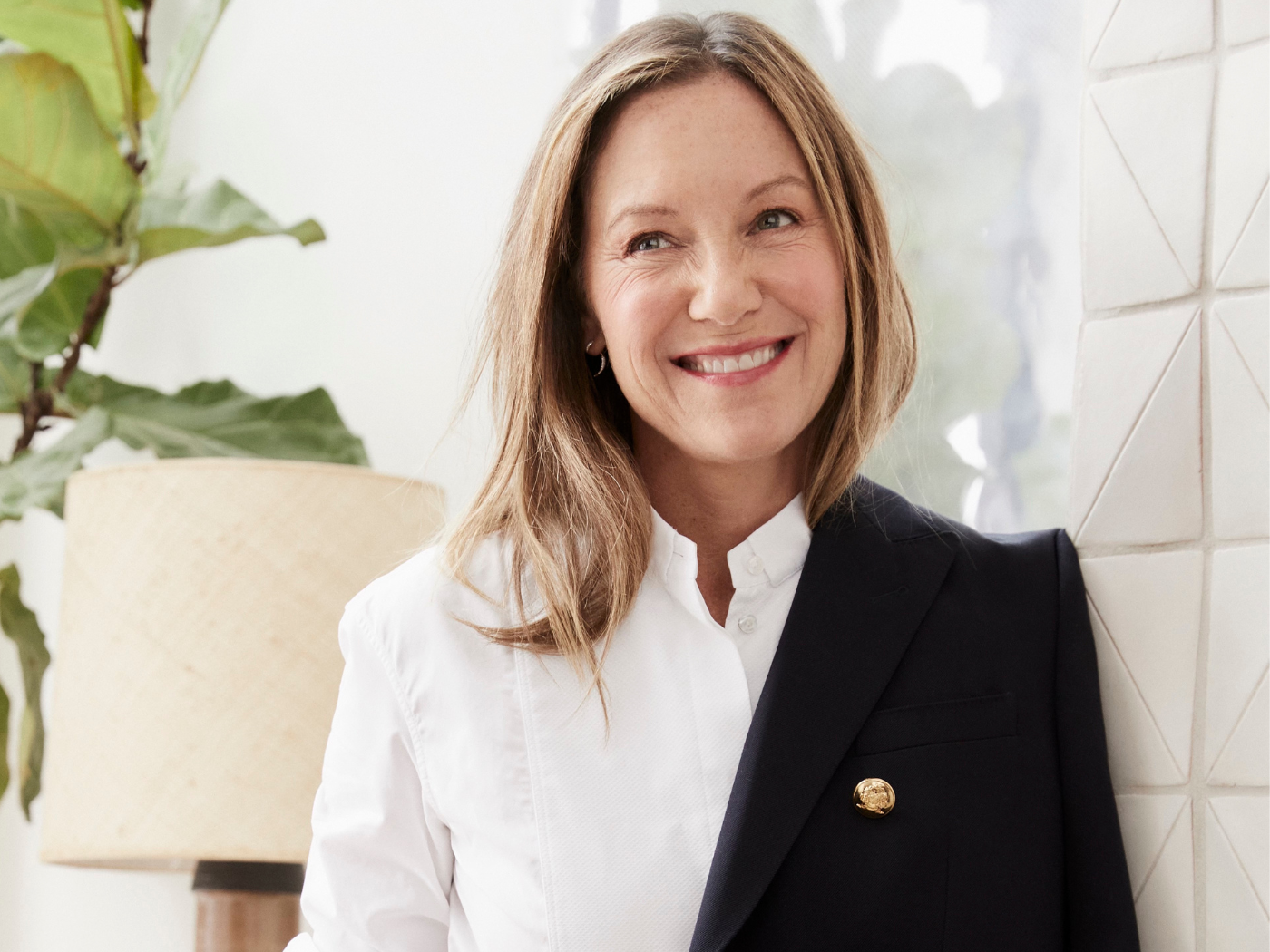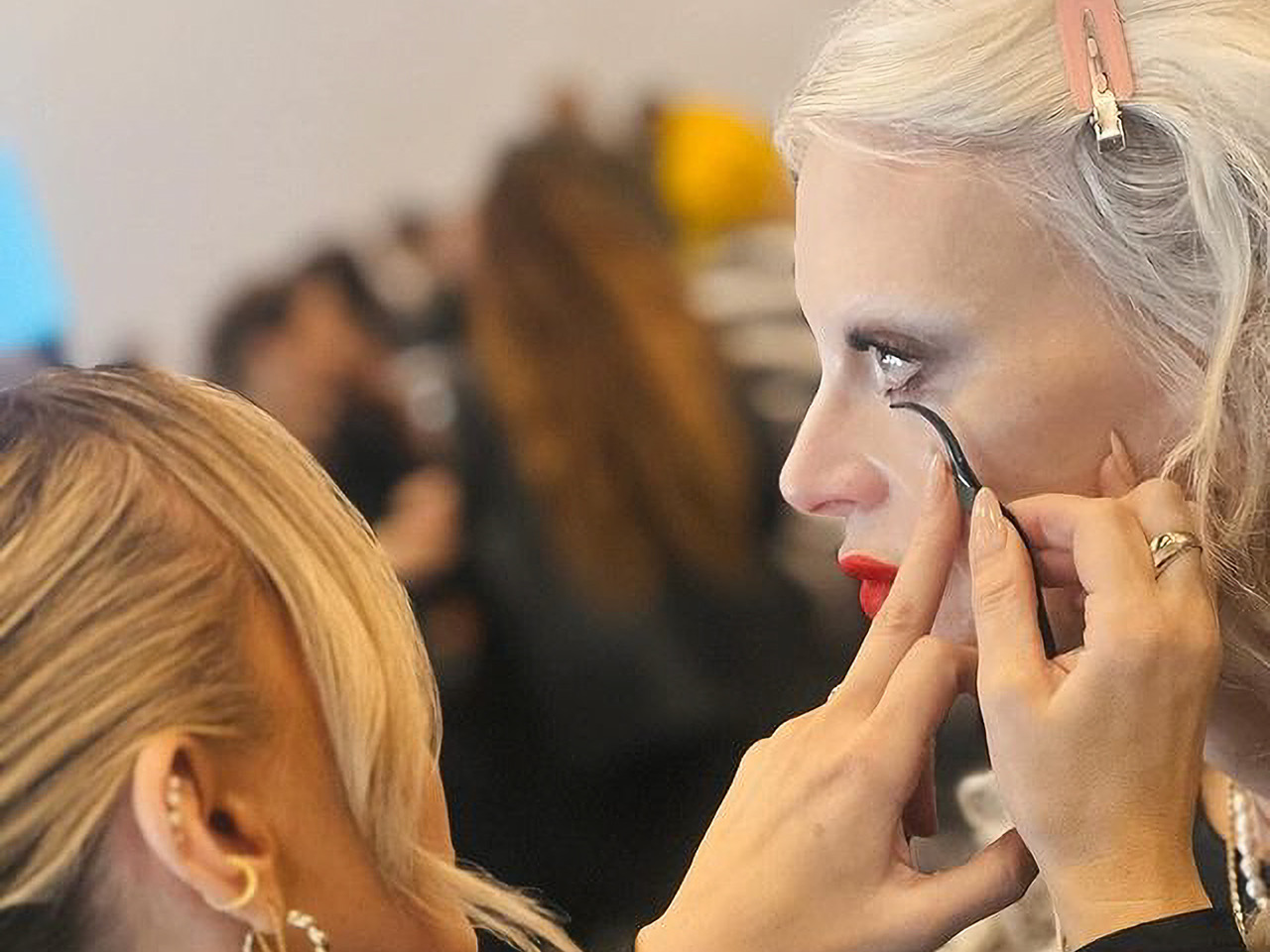Humans have been dabbing their skin with perfume for thousands of years. In fact, the oldest perfumes — 4,000 years old, to be exact — were discovered by archaeologists in Cyprus while the first use of perfume bottles can be traced to Egypt around the year 1000 B.C. But it’s really only very recently that the industry has taken quantum leaps forward in terms of modernization. From different forms of perfume to planet-friendly extraction methods, we’re entering a period of rapid evolution in which the scent category is entering a whole new era.
U.S. retailers have dubbed the period we’re living in “the time of fragrance,” says Michal Benmayor, Vice President of Innovation and Sustainability at the fragrance house dsm-firmenich. It’s an apt label, she says, especially as it pertains to sustainability, which is a driving force behind innovation.
When it started, sustainability was about little things companies could do easily,” Benmayor says. But it’s grown into a central tenet of perfumery. For example, in the continuing effort to reduce waste, Firmenich has begun upcycling discarded materials from other industries for use in fragrances. To that end, the company sources unopened jasmine flowers sold in the fresh flower markets in India, generally for religious ceremonies.
“They’re on sale in the morning. If the buds are closed, they go unpurchased,” Benmayor says. That’s when the company sweeps in — waiting until the evening when the flower that would have gone to the trash finally blooms — to extract its oils.
Another area in which the desire to be more sustainable has led evolution has been in the development of non-animal ingredients. According to Yarden Horwitz, a co-founder at Spate, a trends forecasting platform, ethically sourced non-animal ingredients, such as Ambroxan — a naturally occurring substance that can sub in for the popular, but whale-derived ingredient ambergris, a fragrance fixative thought to have aphrodisiac qualities — are garnering heavy search traffic.
Of course, interest in Ambroxan/ambergris can also be traced to growing curiosity about all things aphrodisiac, including pheromones. Horwitz says that pheromones (while by no means a new trend) are spiking in search again, perhaps because Gen Z is just discovering them and their legendary powers for the first time. Pheromones, Horowitz says, also play into the trend of tapping into one’s natural biology to create something unique to its wearer, such as makeup colors that transform in accordance with the body’s pH. In fact, Horwitz believes that the scent industry’s version of pH lipstick, which adapts to the wearer’s chemistry, might not be too far away.
We’re also seeing fragrance playing a broader role in “wellness, well-being, and emotions,” Benmayor says. Perhaps that’s why Spate has detected an uptick in interest in (transportive) summer fragrances for men, even though men traditionally default to scents that have been given to them around the holidays. “We’re using fragrance to be happier, become more focused, or to get in the right zone,” Benmayor says.
And we want those feelings — and the scents that invoked them — to last. Benmayor says that, perhaps fueled by an economic downturn, consumer expectations are at an all-time high. “They want their fragrances to be intense and long-lasting,” she says. Put in numeric terms, according to the market research firm Circana, Parfums, and EDPs grew by more than three times the rate of EDTs and colognes in 2022, in the 12 months ending in May of 2023.
So, where is it all headed? While minis and different fragrance formats (such as hair perfume and solids) are having a moment, according to Horwitz, the outer limits of the fragrance industry seem to know no bounds.
Also prompted by sustainability goals, planet-friendly extraction methods, such as flash extractions, which don’t require solvents, are helping firmenich “generate olfactions that were never extracted before, like ‘silent flowers,’ the ones you can smell but can’t extract,” Benmayor says. This means that “the fragrances that are going to be loved in the future are going to change,” she says. Never mind floral and gourmand ingredients, tomorrow’s best-selling spritz may be something we’ve truly never smelled before.




